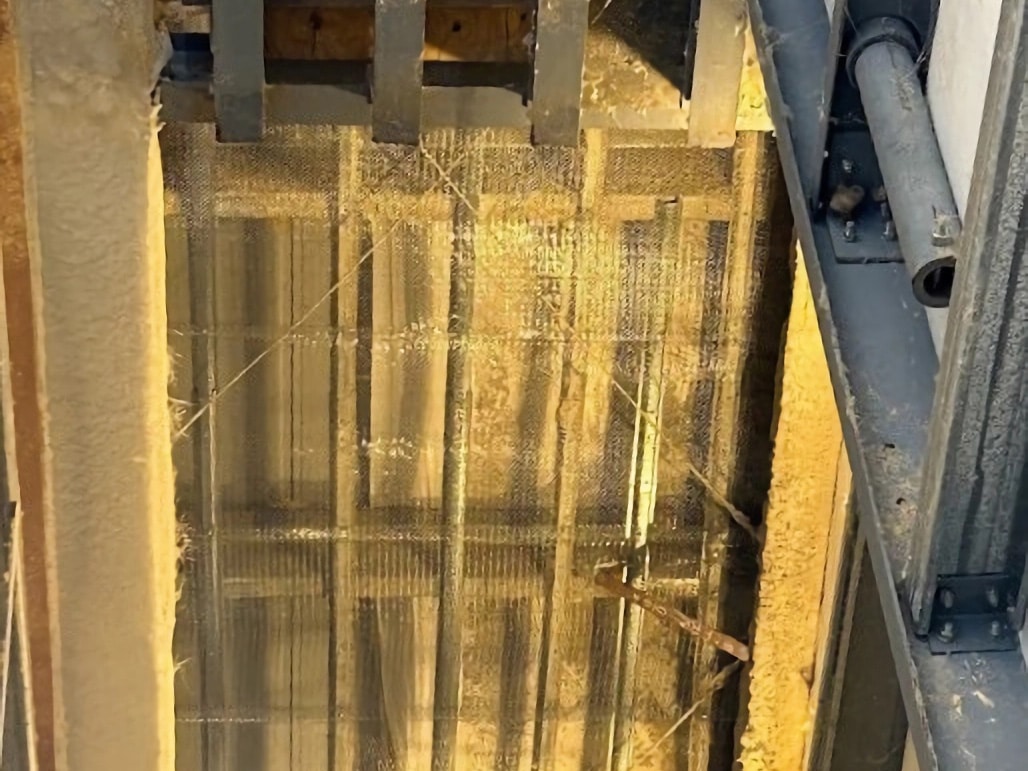
SERVICES
Commercial Fireproofing
Fireproofing systems play a pivotal role in delaying or even preventing the failure of steel and concrete structures exposed to the intense heat of a fire. The mechanism involves thermally insulating structural elements, ensuring they remain below temperatures that induce failure. Spray applied fireproofing is typically applied to rigid structural components, including columns, beams, metal decking, and certain steel joists, shielding these elements from the adverse effects of heat generated during a fire.
SERVICES
FIREPROOFING SOLUTIONS FOR YOUR PROJECT NEEDS
Sprayed Fire-Resistive Material (SFRM), commonly known as Spray Applied Fireproofing, serves as a crucial component in a building’s passive fireproofing strategy. This material possesses thermal and acoustical properties. Its primary function, however, lies in insulating steel and metal decking, safeguarding them against the elevated temperatures experienced during a fire.
SFRM Systems have three key properties: Density (pcf), Bond Strength (adhesion/cohesion), and Application thickness.
Low-density (15-21 pcf) SFRMs, with gypsum binders, often yield higher coverage rates than medium density (22-39 pcf) products, reducing costs.
Medium-density fireproofing (22-39 pcf) typically contains a stable binder made from cement or a gypsum-cement mixture, offering durability against air movement and minor impacts.
High-density SFRM (over 39 pcf), primarily with a cement binder, provides the toughest fireproofing and is ideal for mechanical rooms, parking garages and industrial applications due to its resilience against bumps and scrapes.

OUR PROJECTS


